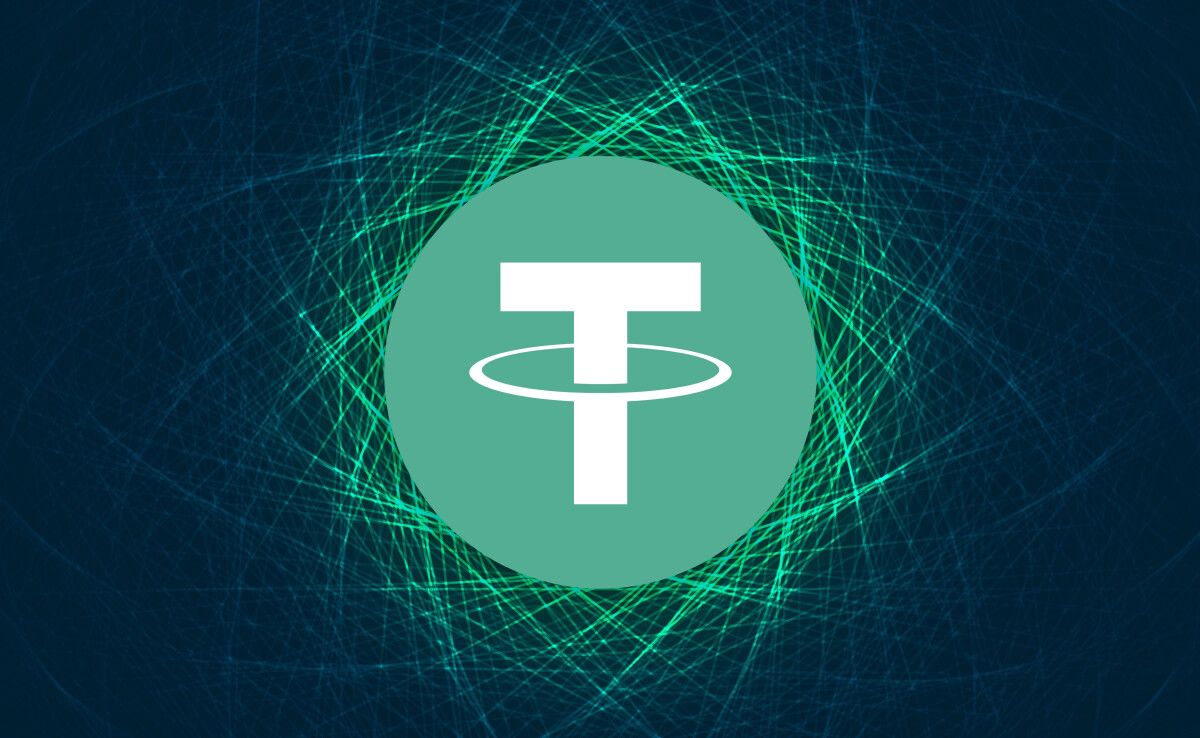Tether’s stablecoin USDT reached a milestone on October 21 by surpassing the $84 billion supply mark. Data from Messari indicates a week-on-week increase of about $1 billion, coinciding with the current market rally–spurred by optimistic sentiment over the possible approval of a Bitcoin spot exchange-traded fund (ETF) in 2023.
Resilience Amid Market Challenges
In a challenging climate last year that witnessed the collapse of crypto firms such as FTX and Three Arrows Capital, Tether’s market capitalization dipped to $66 billion. Skepticism also arose around the stability of its reserves.
Despite these setbacks, Tether displayed resilience. It managed to boost its token supply by nearly $18 billion this year alone, a feat attributable to a favorable market environment and the struggles faced by its rivals like Binance USD (BUSD) and USD Coin (USDC).
Earlier this year, regulatory measures against its competitors further solidified Tether’s position in the market. The New York Department of Financial Services directed Paxos, the issuer of BUSD, to halt additional minting.
Subsequently, the U.S. Securities and Exchange Commission classified BUSD as a security. These events led to a sharp decline in BUSD’s supply, falling from its peak of $22 billion in November 2022 to roughly $2 billion at present.
Market Dominance Bolstered by External Factors
Another competitor, USDC, faced issues when it was revealed to have exposure to the failed crypto-friendly Silicon Valley Bank. Although the stablecoin recovered from a brief depegging, its circulation has consistently declined despite an improving market. Such circumstances contributed to Tether’s surge to continued market dominance, with DeFillama data showing it now commands nearly 70% of the market.
Paolo Ardoino, Tether’s CEO, celebrated this achievement with an “84B $USDt” post on social media platform X.
In the broader context of cryptocurrency investment and market stability, Tether’s USDT achieving an $84 billion supply is more than just a milestone; it serves as an indicator of investor confidence in the stablecoin as a safe harbor, especially when rival options face regulatory and financial hurdles. This development may also reflect broader market sentiment, which is tilting toward optimism.
Read the full article here










